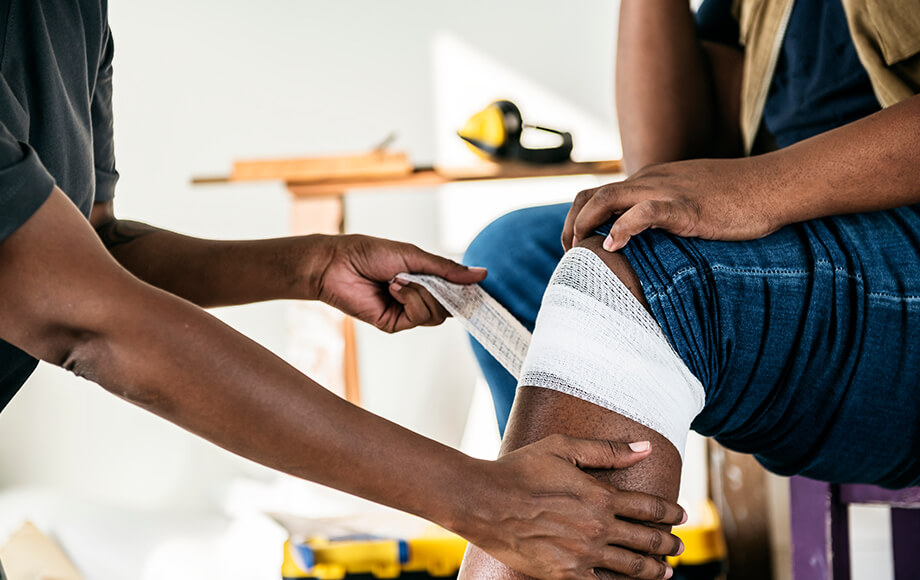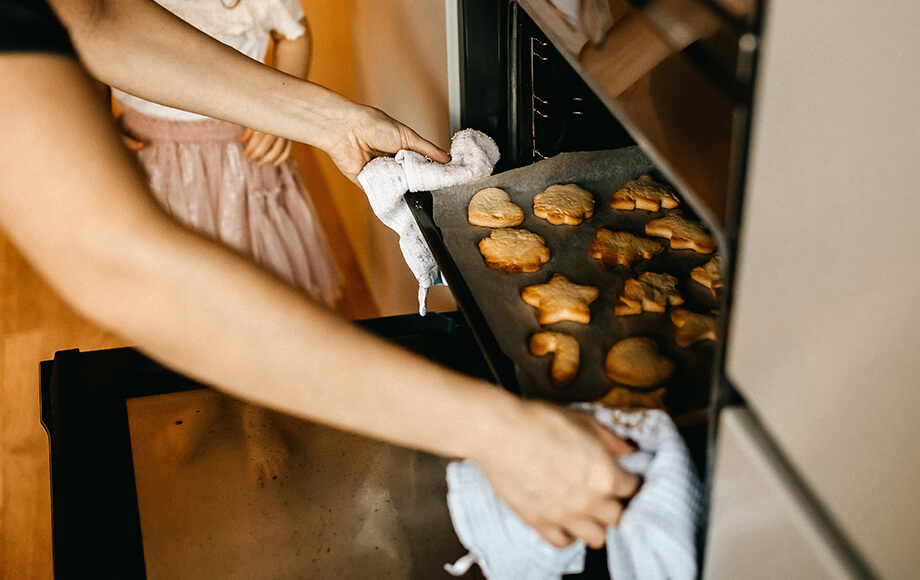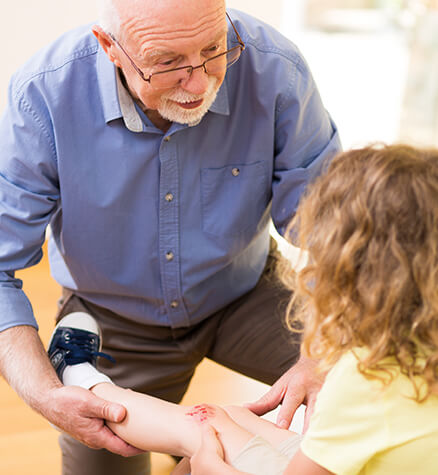Wound Care: Covered vs. Uncovered
Whether it’s a deep cut, a superficial scrape, or another type of wound, it can be difficult to know whether to cover it or not to help aid healing. Although each approach may have its place, here’s what you need to know about how covered and uncovered wounds heal.
Covered Wounds
Covering an open wound has quite a few benefits that can help aid in faster healing.
The most obvious reason to cover a wound is that doing so helps make sure that any first aid ointment, such as Bacitraycin Plus first aid antibiotic ointment, stays put. When the ointment stays on the wound, it can do its job of killing bacteria and protecting the open wound.
Covering an open wound has quite a few benefits that can help aid in faster healing.
Covering a wound also helps create a more moist environment. This has been shown to aid in quicker and more scar-free healing.
And of course, covering a wound also has the advantage of preventing you from accidentally reinjuring the area. Think of it as a little extra (padded) security if your wound gets hit or is subjected to high friction areas.
Uncovered Wounds
Some people prefer to keep wounds uncovered as they heal. They go by the ole saying “wounds need to breathe.” The problem is an uncovered wound can dry out quickly. Not to mention, and uncovered wound can be reinjured and subjected to bacteria, resulting in a scab and subsequent scar.
So while it’s not a good idea to keep a wound covered for too long, a dry environment won’t stimulate efficient healing.
What to Remember About Covering Wounds
It’s best to keep fresh wounds covered for healing, but remember to first clean the wound with water, then apply Bacitraycin Plus antibiotic ointment, and leave the covering somewhat loose. A bandage that is wrapped too-tight can cut off circulation.
Especially for superficial wounds that are no longer bleeding, pressure bandages aren’t necessary. Also, don’t forget to change the wound covering often to promote a clean environment that will help the wound heal faster.





